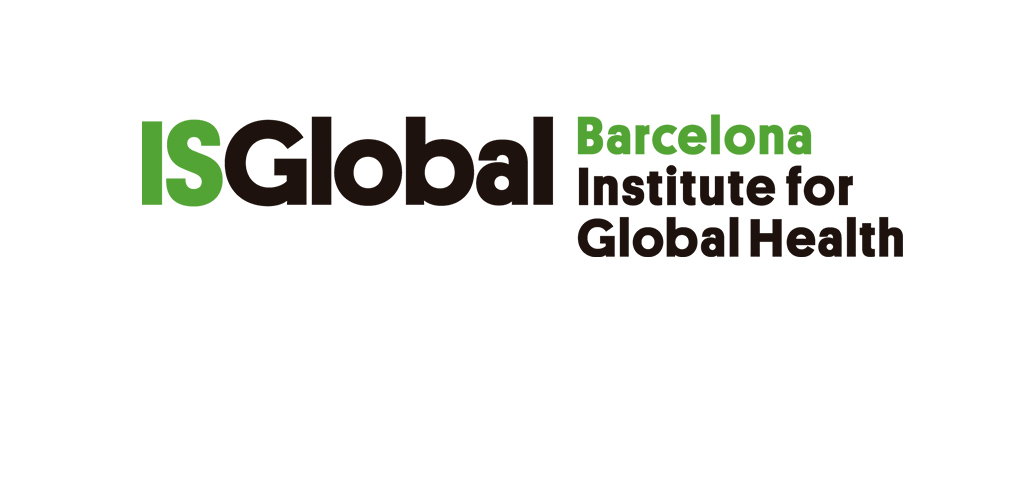Interphone study reports on mobile phone use and brain cancer risk
17.05.2010

The Interphone Study Group today published their results in the International Journal of Epidemiology (direct media link). The paper presents the results of analyses of brain tumour (glioma and meningioma) risk in relation to mobile phone use in all Interphone study centres combined. This interview-based case-control study, which included 2708 glioma and 2409 meningioma cases and matched controls was conducted in 13 countries using a common protocol. Analyses of brain tumours in relation to mobile phone use have been reported from a number of cohort and case-control studies, including several of the national components of Interphone. No studies, however, have included as many exposed cases, particularly long-term and heavy users of mobile phones, as this study.
Background
Mobile phone use has increased dramatically since its introduction in the early-to-mid 1980’s. The expanding use of this technology has been accompanied by concerns about health. In the late 1990s, several expert groups critically reviewed the evidence on health effects of low-level exposure to radiofrequency (RF) electromagnetic fields, and recommended research into the possible adverse health effects of mobile telephone use.
IARC co-ordination of a multinational effort in cancer research
As a result, the International Agency for Research on Cancer (IARC) coordinated a feasibility study in 1998 and 1999, which concluded that an international study of the relationship between mobile phone use and brain tumour risk would be feasible and informative.
Scope of the Interphone study
Interphone was therefore initiated in 2000 as an international set of case-control studies in 13 countries around the world focusing on four types of tumours in tissues that most absorb RF energy emitted by mobile phones: tumours of the brain (glioma and meningioma ), of the acoustic nerve (schwannoma ), and of the parotid gland . The objective was to determine whether mobile phone use increases the risk of these tumours. Interphone is the largest case-control study of mobile phone use and brain tumours yet and includes the largest numbers of users with at least 10 years of exposure.
Scientific direction of Interphone
The Interphone International Study Group, made up of 21 scientists , was responsible for the progress of the study, the choice of analyses to be conducted, and the interpretation and publication of results. All the decisions about the study were made exclusively and collectively by the Interphone International Study Group. In the course of the study, the IARC Principal Investigator, Dr Elisabeth Cardis, moved to the Centre for Research in Environmental Epidemiology (CREAL) in Barcelona, Spain, where she continues her role as Interphone Principal Investigator, although the 13-country dataset remains at IARC.
Funding of Interphone
The Interphone study was undertaken as a collaborative effort between a number of partner institutions , co-ordinated by IARC. To date, the overall funding assigned to the Interphone study amounts to approx. 19.2 million euros (€). Of this amount 5.5 million € were contributed by industry sources.
Of these 5.5 million €, 3.5 million € were contributed by the Mobile Manufacturers' Forum (MMF) and the GSM Association, each contributing half of that amount, through a firewall mechanism provided by the UICC (International Union against Cancer) to guarantee the independence of the scientists. Most of the rest of the 5.5 million € came indirectly to individual centers from mobile phone operators and manufacturers, for example, through taxes and fees collected by government agencies. Only 0.5 million € (2.5%) of the overall study costs were provided directly by the industry, in Canada and France, under contracts which preserved the independence of the study.
Other funding was provided by the European Commission (3.74 million €) and national and local funding sources (9.9 million € in total) in participating countries.
Additional funding for the extension of the research to younger and older age groups was received directly from mobile phone operators in the UK under contracts which preserved the independence of the study.
Results
The Interphone Study Group summarized its findings as follows:
"A reduced odds ratio (OR) related to ever having been a regular mobile phone user was seen for glioma [OR 0.81; 95% confidence interval (CI) 0.70-0.94] and meningioma (OR 0.79; 95% CI 0.68-0.91), possibly reflecting participation bias or other methodological limitations. No elevated OR was observed ≥ 10 years after first phone use (glioma: OR 0.98; 95% CI 0.76-1.26; meningioma: OR 0.83; 95% CI 0.61-1.14). ORs were < 1.0 for all deciles of lifetime number of phone calls and nine deciles of cumulative call time. In the tenth [highest] decile of recalled cumulative call time, ≥1640 h, the OR was 1.40 (95% CI 1.03-1.89) for glioma, and 1.15 (95% CI 0.81-1.62) for meningioma; but there are implausible values of reported use in this group. ORs for glioma tended to be greater in the temporal lobe than in other lobes of the brain, but the CIs around the lobe-specific estimates were wide. ORs for glioma tended to be greater in subjects who reported usual phone use on the same side of the head as their tumour than on the opposite side."
Conclusions
The Interphone Study Group concluded with the following key message:
A reduced OR for glioma and meningioma related to ever having been a regular mobile phone user possibly reflects participation bias or other methodological limitations. No elevated OR for glioma or meningioma was observed ≥10 years after first phone use. There were suggestions of an increased risk of glioma, and much less so meningioma, in the highest decile of cumulative call time, in subjects who reported usual phone use on the same side of the head as their tumour and, for glioma, for tumours in the temporal lobe. Biases and errors limit the strength of the conclusions that can be drawn from these analyses and prevent a causal interpretation.
Change in pattern of use
The majority of subjects were not heavy mobile phone users by today's standards. The median lifetime cumulative call time was around 100 hours, with a median of 2 to 2½ hours of reported use per month. The cut-point for the heaviest 10% of users (1640 hours lifetime), spread out over 10 years, corresponds to about a half-hour per day.
Today, mobile phone use has become much more prevalent and it is not unusual for young people to use mobile phones for an hour or more a day. This increasing use is tempered, however, by the lower emissions, on average, from newer technology phones, and the increasing use of texting and hands-free operations that keep the phone away from the head.
What next?
Dr Christopher Wild, Director of IARC said: "An increased risk of brain cancer is not established from the data from Interphone. However, observations at the highest level of cumulative call time and the changing patterns of mobile phone use since the period studied by Interphone, particularly in young people, mean that further investigation of mobile phone use and brain cancer risk is merited."
Professor Elisabeth Cardis said that "the Interphone study will continue with additional analyses of mobile phone use and tumours of the acoustic nerve and parotid gland." She added:,"Because of concerns about the rapid increase in mobile phone use in young people ??who were not covered by Interphone ?, CREAL is co-ordinating a new project, MobiKids, funded by the European Union, to investigate the risk of brain tumours from mobile phone use in childhood and adolescence."
IARC has scheduled a comprehensive review of the carcinogenic potential of mobile phone use under the auspices of its Monographs Programme. The review, scheduled for 24-31 May 2011, will consider all published epidemiological and experimental evidence, including the new data from the Interphone study.
Communication of results to media and interested parties
This press release was prepared jointly by IARC, UICC and CREAL. It was decided by the Interphone Study Group, and in conformity with the Study Protocol, that the IARC Communications Group, jointly with CREAL and UICC, would communicate with international partners, including the European Commission and the World Health Organization, a maximum of 7 days ahead of publication, under embargo conditions.
Further information: UN press briefing: http://www.iarc.fr/en/media-centre/multimedia/audiovideos/files/PCWHO20100517.mp3



